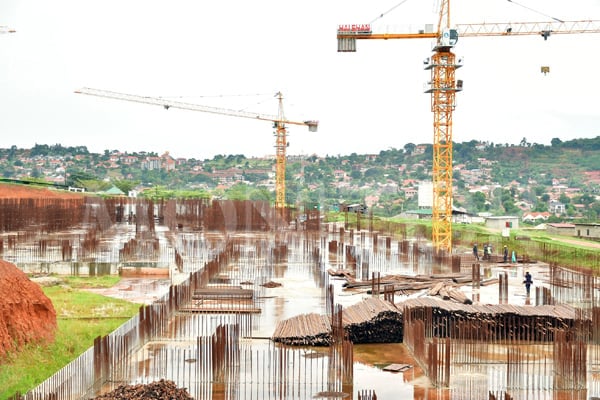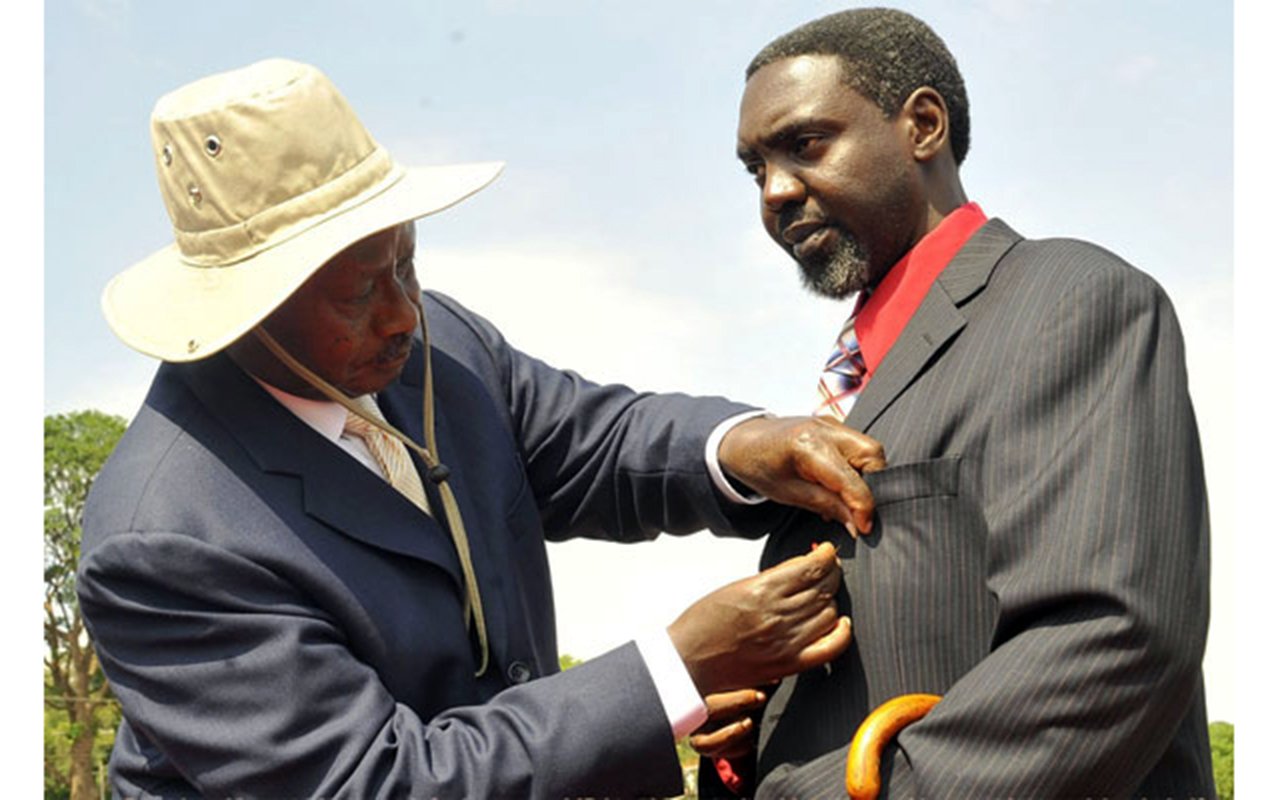African Union troops complete new phase of Somalia pullout plan

UPDF soldiers in Lower Shabelle region of Somalia in 2017. PHOTO/FILE
What you need to know:
- Following several major reversals against the Al-Qaeda-linked insurgents, the Mogadishu government had requested a three-month "technical pause" in the drawdown scheduled to be carried out by last September.
The African Union's peacekeeping force in Somalia, where Al-Shabaab jihadists are waging an insurgency, said Friday the second phase of a drawdown involving 3,000 troops has been completed after a four-month delay.
Following several major reversals against the Al-Qaeda-linked insurgents, the Mogadishu government had requested a three-month "technical pause" in the drawdown scheduled to be carried out by last September.
"The African Union Transition Mission in Somalia (ATMIS)... has completed Phase Two drawdown, which involved reducing the troop count by 3,000 soldiers," the force said in a statement.
ATMIS handed over seven forward operating bases to the internationally-backed government and shut two others.
"We will soon start preparations for the next phase, Phase Three, to reduce our numbers by 4,000 troops in June," said Lieutenant General Sam Okiding.
The first two phases of the withdrawal saw a reduction of 5,000 soldiers. Some 14,600 members drawn from Burundi, Djibouti, Ethiopia, Kenya and Uganda are still deployed in Somalia.
Under a UN calendar, ATMIS will have pulled out totally from the Horn of Africa nation by the end of the year, handing over to Somali security forces.
"We will soon start preparations for the next phase, Phase Three, to reduce our numbers by 4,000 troops in June," said ATMIS commander Lieutenant General Sam Okiding.
ATMIS was given a more offensive remit when it took over in April 2022 from a predecessor force known as AMISOM, set up in 2007 to support the fragile Somali government against the jihadist insurrection.
Al-Shabaab was driven out of Somalia's main towns and cities over 2011-2012, but retains power in large swathes of rural areas.
It continues to carry out attacks against security and civilian targets, including in the capital, despite a government counter-offensive, US air strikes and the AU troops on the ground.




